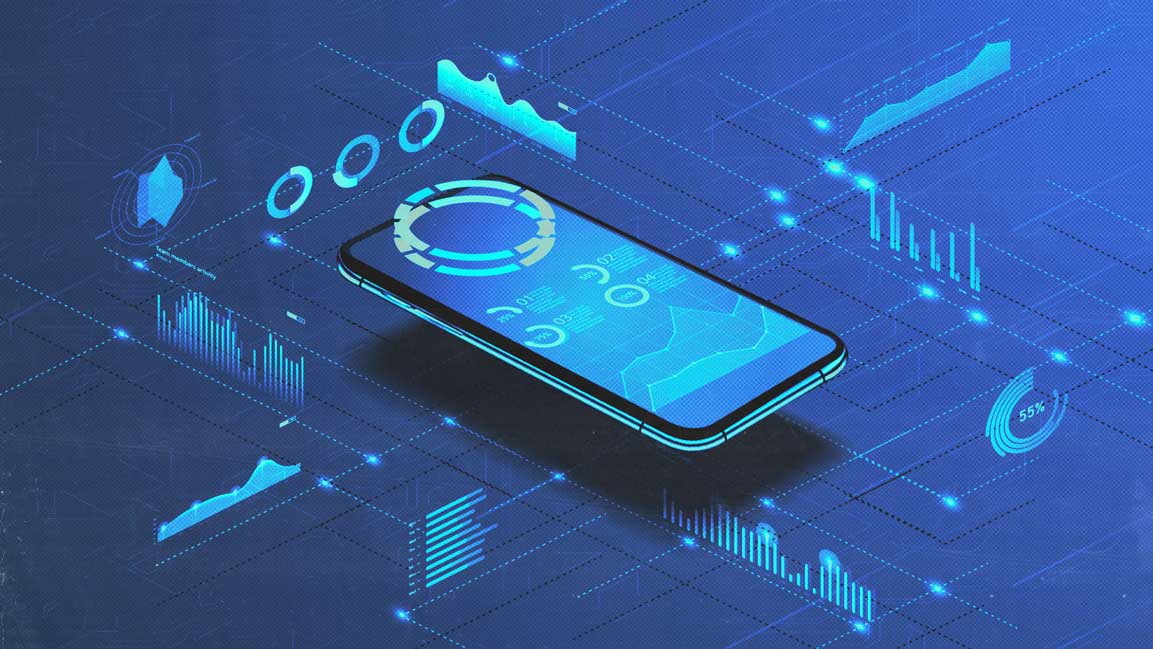India’s Data Boom is Just Getting Started, Study Finds
India’s mobile data usage is set to more than double from 36GB per smartphone per month in 2024 to 62GB by 2030, driven by rising video consumption, immersive digital services, and rapid 5G adoption, according to the latest Ericsson Mobility Report.
Topics
News
- Meta Expands AI’s Vocabulary to 1,600 Languages
- Google Bridges Cloud Power and Privacy with Private AI Compute
- California’s Genspark Enters AI Unicorn Club with $200 Million Round
- OpenAI Taps Intel’s Sachin Katti to Build Compute Backbone for AGI
- Flipkart Brings Voice-Led Wholesale Ordering to WhatsApp with Sarvam AI
- Varun Berry Steps Down at Britannia, Rakshit Hargave to Take Over

India’s mobile data usage is set to more than double from 36GB per smartphone per month in 2024 to 62GB by 2030, driven by rising video consumption, immersive digital services, and rapid 5G adoption, according to the latest Ericsson Mobility Report.
The report paints a bullish picture of India’s 5G journey, projecting that, by the end of the decade, over 840 million users, or about 65% of all mobile subscribers in India, will be on 5G network.
The country is expected to contribute nearly half of all new 5G subscriptions globally from 2024 to 2030. India’s 5G expansion is being fueled by rapid network rollouts, government and private sector investment, and policy reforms aimed at accelerating digital inclusion, Ericsson said, while noting that 4G subscriptions peaked in 2024 and are now gradually declining, giving way to a new 5G-led growth phase.
Meanwhile, India’s growing need for dependable broadband in homes and businesses is expected to drive Fixed Wireless Access connections to 80 million by 2030, offering a faster and more affordable alternative to fiber in hard-to-reach areas.
At the same time, the country is projected to have over 2.2 billion cellular IoT connections spanning sectors like utilities, transport, agriculture, logistics, and manufacturing, reflecting a broader shift toward connected infrastructure and real-time data-driven systems.
According to Ericsson, India’s position as a high-volume, cost-sensitive market has prompted unique innovations and models in mobile service delivery. The combination of affordability, high density, and growing digital awareness offers global lessons in scale and resilience, it said.
Globally, the report identifies 2025–30 as a defining period for 5G. One major theme is the adoption of standalone 5G networks, which allow operators to offer more advanced services such as network slicing—a technique that enables multiple virtual networks to run on the same physical infrastructure, optimized for different use cases.
For instance, live broadcasting, autonomous vehicles, and industrial automation can all benefit from customized network performance. The report highlights that service providers globally are beginning to monetize 5G beyond selling data plans by targeting these differentiated services.
Global mobile traffic is expected to grow by over 20% year-on-year, and will more than double over the next five years, with video expected to continue dominating mobile data use.
By 2030, global mobile broadband subscribers are expected to number over 8 billion, with 5G accounting for nearly 60% of all subscriptions, the report added.




